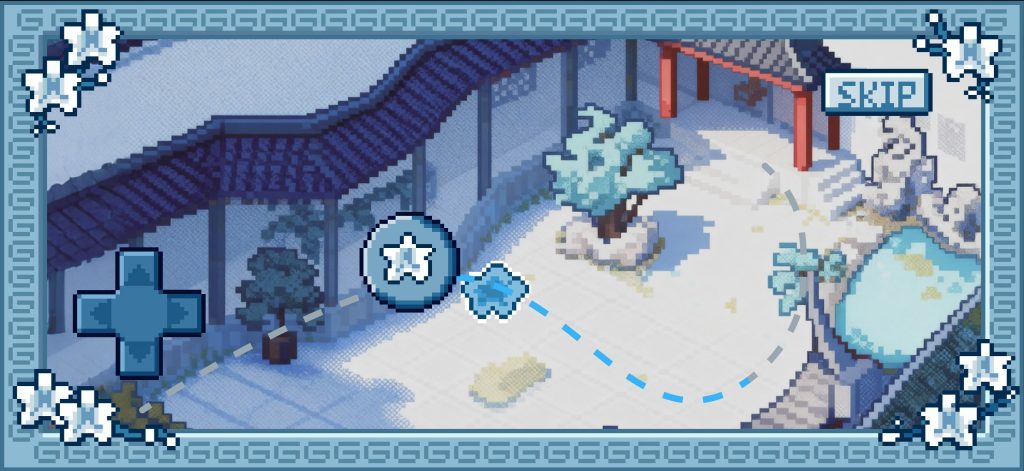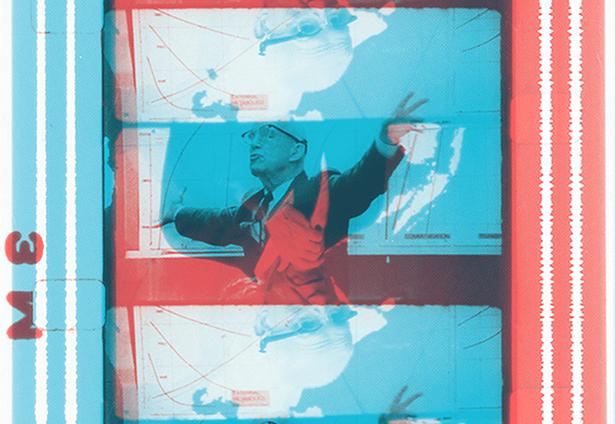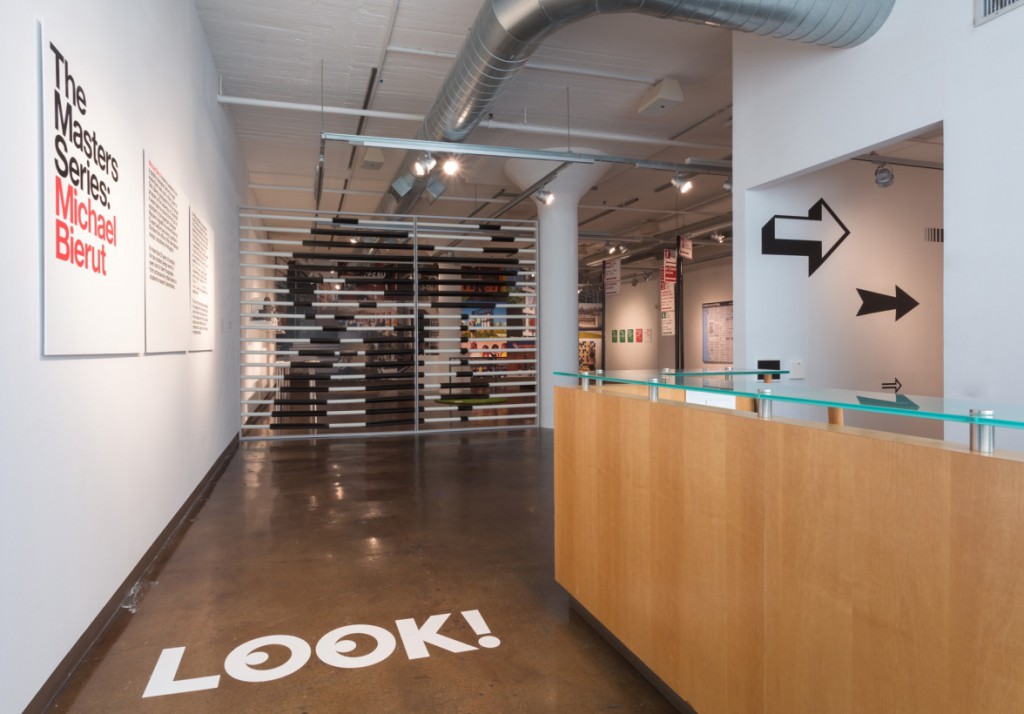MFA Design’s first year students took a trip to the Metropolitan Museum of Art this month as part of the Research Method’s assignment led by professor Atif Akin (he/him). They explored questions of authorship, history, and genealogy referencing readings completed in class by Michel Foucault and Nietzsche. The goal of this assignment was to look at artifacts within the MET and construct a continuous narrative or genealogy. This assignment could be about anything as long as it was in the MET at the time of the tour.


Iris (Qing Zeng, she/her), crafted a pixel solo play through game on Figma, using AI to generate the image. The viewer could explore the garden as a flower and look at formal elements of rocks, wood panels, and architecture. Her tour took place in the Asian Art wing, starting at the moon gate, traversing through the courtyard, and ending thoughtfully in the chamber. Iris has an interest in gaming software and enjoys building narratives and worlds that can engage with her viewer’s feeling of sympathy. Her own voice overlaid the play through text as well as a beautiful soundtrack that set a peaceful tone. Click here to play the game


Rachel Jung A Huh (she/her) created a zine that explored the fictional world of a dog shelter, The Canvas Shelter, where the audience could understand a dog’s reason for being placed for adoption and the busy lives of the people in the European Painting Wing. This tour captured the imagination of everyone involved, as all MFA first-year candidates on this tour had their own pups they had to leave behind.
One of the featured dogs was Reynolds, a greyhound whose refined yet confined life mirrored the contradictions of aristocratic society. His story, like those of the other animals, revealed how love, loss, and care intertwine across time and class.
This project reflected on authorship, representation, and empathy, asking who is seen, named, and cared for within institutional narratives. By personifying the museum as a shelter, The Canvas Shelter subverted the power structure of the traditional art museum, turning observation into emotional participation. The narrative concluded with a personal reflection on Rachel’s own adopted labrador retriever, Kahn, whose story bridges the distance between past and present, painting and life, art and care. Ultimately, The Canvas Shelter invited our first year class to adopt not only the forgotten animals of art history but also a more compassionate way of seeing.


Ali El-Chaer (they/he) created a walk through using the folk story of Joha and his donkey as a guide and to set the tone on cultural appropriation and erasure through the Arab/Islamic art wing. The viewer could use the blank Mary template as a comment on the absence of Palestinian textile/patterns. The use of Mary is also reflective of Ali’s Palestinian Christian background and the importance of her story as a Palestinian woman on a global scale and the Palestinian Christian identity being erased. Viewers were able to dress her up with various other patterns and materials encountered in the same wing and in other places of the museum.
The MET has Palestinian textiles within their collection but they are not on display. This inspired him to ask questions about artifacts you do not see in a museum for this assignment, what happens when you erase a culture or people from history, and who is allowed to be seen.




